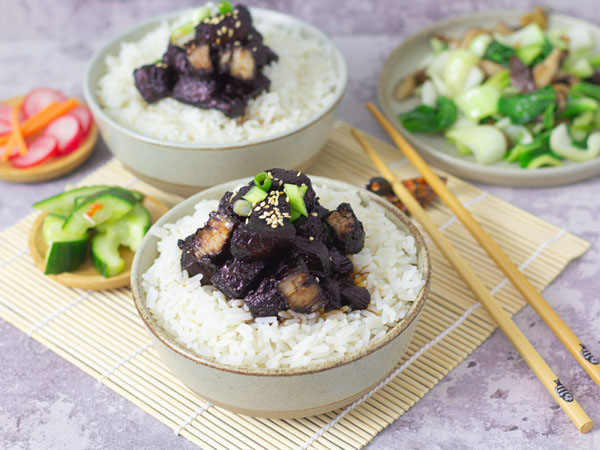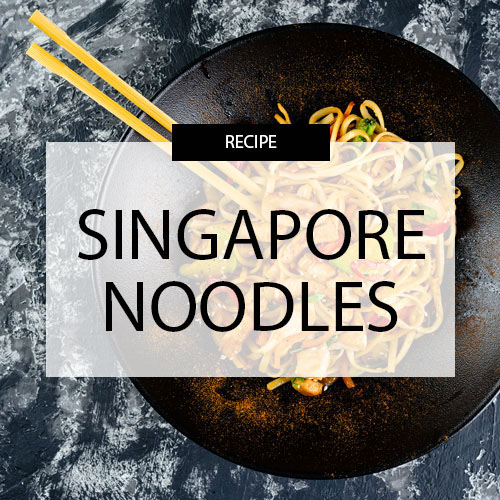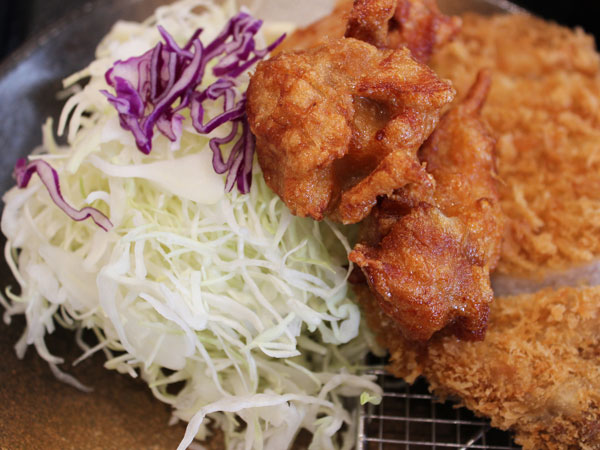Asian greens are quick and easy to cook, super good for you, and take on all those vibrant, Asian flavours really well.
If you feel like some light and healthy food that still packs a punch in the flavour department, then getting to grips with Asian greens is a good place to start. From soft and tender bok choy in fragrant noodle soup, to the garlic tones of Chinese chives in your chicken dishes, you are sure to discover your new favourite thing.
Top 5 Asian greens
There are many different types of Asian greens available at Asian grocers, but the ones below are the most widely accessible and some may be found at the supermarket or greengrocer. Whilst they are largely related and play very similar roles, each is unique and brings a different dimension to your dish.
Bok choy

Also known as pak choi, bok choy is a member of the brassica family, related to broccoli and cabbage. It has the iron rich green flavour of spinach or kale and is sold when small, young and tender as well as larger, mature, and more fibrous. The smaller bok choy can be cut into halves or quarters before cooking. When bigger, the stem is best cooked separately from the leaf. Not typically eaten raw, bok choy is best for stir frying or braising.
Try this…
Add halved bok choy to fragrant noodle broth for 5 to 8 minutes or until tender
Chinese broccoli

Chinese broccoli is very similar to the long stemmed varieties of broccoli such as purple sprouting or Tenderstem. Drop into boiling salted water for 3 to 4 minutes until a knife inserted into the stem has just a little resistance. You could then simply dress it and serve, or stir fry for a minute with some garlic and ginger.
Try this…
Blanch in salted water for 3 minutes and stir fry with a few tablespoons of our organic black pepper sauce for a fragrant, spicy side dish.
Chinese leaf

Somewhere between a lettuce and a cabbage, Chinese leaf is also a member of the brassica family. Used both cooked and raw, it has a sweet nutty flavour and remains surprisingly crisp when cooked. Blanched in stock before stir frying, Chinese leaf soaks up all the flavour of the stock but without going soggy.
Try this…
Use as a crunchy fresh base for this Thai Beef Salad.
Choi sum

Choi sum is somewhere between bok choy and Chinese broccoli. It has the soft leaves of bok choy, with long tender stems. The flavour is mild and the texture like spinach. Eaten cooked, it can chopped and stir fried. or added to broth for a few minutes before serving.
Try this…
Stir fry with strips of fresh ginger and season with a splash of Japanese soy sauce.
Mustard greens

Related to choi sum, mustard greens are shaped like a romaine lettuce but has frilly edges like kale. You can use mustard greens pretty much like kale. Slice or shred and drop into fragrant soup, or blanch in boiling water for a few minutes before stir frying.
Try this…
Blanch or stir fry until tender and drizzle with dressing made from 1 tbsp sesame oil, 1 tbsp soy sauce, 2 tsp rice vinegar, and 1 tsp sugar. You could add a dash of chili sauce to turn up the heat.
Some useful additions to Asian greens
Whilst not really greens, these green vegetables can add colour, texture and flavour to your Asian food and offer more ways of bringing a bit of green to your plate.
Snake beans
Found in Asian grocery stores, these are long green beans. Similar to french beans (aka green beans), they can be cooked in the same way. Drop into a pan of boiling salted water and blanch for 3 to 4 minutes or until tender crisp. Serve simply tossed in soy sauce, or stir fry with aromatics such as ginger or chili. Conversely, if you find snake beans in a recipe, you can switch them out for green beans.
Sugar snap peas and mangetout
Essentially varieties of peas that are eaten with the pod, sugar snap peas and mangetout are great for stir fries as they cook so quickly whilst retaining their crunch. They have a lovely sweet flavour, with a slightly bitter edge of green.
Chinese chives and spring onions
Chinese chives are more robust than your average chive, and have a strong flavour of garlic and leek. Used as an ingredient rather than a herb, they will stand up to heat and can be blanched for a few minutes before adding to a stir fry. Often served alone simply as a vegetable, but also tossed liberally into scrambled eggs. You could add Chinese chives as a milder alternative to garlic.
We have all your organic Asian sauces right here, or why not head straight to our store for Asian groceries at wholesale prices?



















 1/4 head white cabbage, shredded
1 carrot, shredded
1 spring onion, finely sliced
10 mint leaves, shredded
1 tbsp
1/4 head white cabbage, shredded
1 carrot, shredded
1 spring onion, finely sliced
10 mint leaves, shredded
1 tbsp